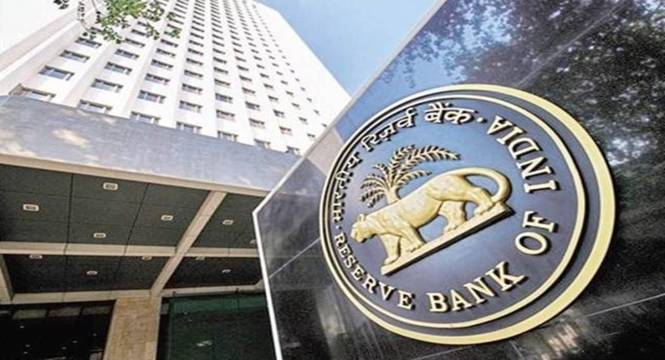New Delhi: When the Reserve Bank Of India (RBI) announces a change in its credit policy, it’s not a statement that needs to be understood by financial experts alone. Rather, it can be a statement that can change your monthly monetary plans.
On May 4, the RBI announced repo rate has been hiked to 4.40 per cent and then, on June 8, the repo rate was further hiked to 4.90 per cent. On the both these occasions, India’s stock market felt the direct shock. Nifty slipped by more than 7 per cent within a week. The Nifty 50 index that has been on a rise since July 26, did not feel the impact of a 50 basis point hike in the repo rate that he RBI announced on August 5.
So why did the stock market go downhill when the RBI announced May and June policy changes and not when the August change was announced?
It’s a known fact that interest rates affects liquidity in the market, impact businesses’ growth, thereby causing worry to investors. At this juncture, we should also take into consideration that the rise in interest rate impacts different sectors differently. A rise in interest rate is more likely to impact capital intensive industries like goods and infrastructure as compared to IT and related services. The banking sector could actually benefit from interest rate hikes.
Even though the 40-basis point hike in May and 50 in June were on expected lines, the sudden change and a looming cash crunch forced the investors to withdraw their money from the stocks. The third revision did not take the market by a surprise perhaps because investors were already prepared for it and most policy experts are expecting the repo rate to be hiked further.
According to the Economic Times, HDFC Bank expects repo rate to be 5.75 per cent by the end of 2022, Kotak Securities expects it be between 5.75 per cent and 6 per cent, EMKAY expects it be between 5.75 per cent and 5.9 per cent and while ICRFA expects it be between 5.5 per cent and 5.75 per cent.
How your EMIs will get impacted?
- It’s not unusual for a lender or a bank to transfer the burden of a rate hike to its customers. The lender’s ability to absorb the rate hike depends on its profitability. If your lender doesn’t have a strong balance sheet due to non-performing loans, your interest rates are very likely to go up.
- A lender with a strong balance sheet may take a wait and watch approach. If the Reserve Bank of India continues to hike rates or indicate so, the lender may pass it on to you by increasing interest rates.
- Speak to your lender and find our whether the RBI’s monetary policy changes will is going to increase your EMI. If it indeed is going to increase your EMI, you might have to consider taking a few steps.
- If you’ve taken a long term floating rate loan, you can use surplus cash to reduce the tenor. You can also consider a balance transfer to another lender who may offer you better terms on your existing loan or a higher top-up.
- In case you’re a fresh borrower, you may want to check out the flexi loan facility that allows you a personal loan with a relaxed repayment schedule.
Read More:-ATM Cash Withdrawal Limit For Major Banks And What They Charge
Impact on debt funds
Debt funds usually invest in bonds and securities that are essentially loans raised by the government, corporations or other entities. Therefore, when RBI tweaks interest rates, it can have an impact on debt mutual funds.
As long as the Reserve Bank of India keeps interest rates high, your debt mutual funds are likely to be hit. While the long term debt mutual funds are more likely to lose money, short term debt funds are expected to recover in a while. It is because a long-term debt fund has a greater probability for interest rates to vary during its tenure as compared to a short or a medium-term fund that has a lesser number of interest payments. With shorter–term funds, the chances of drastic movements in interest rates are also lower.





































